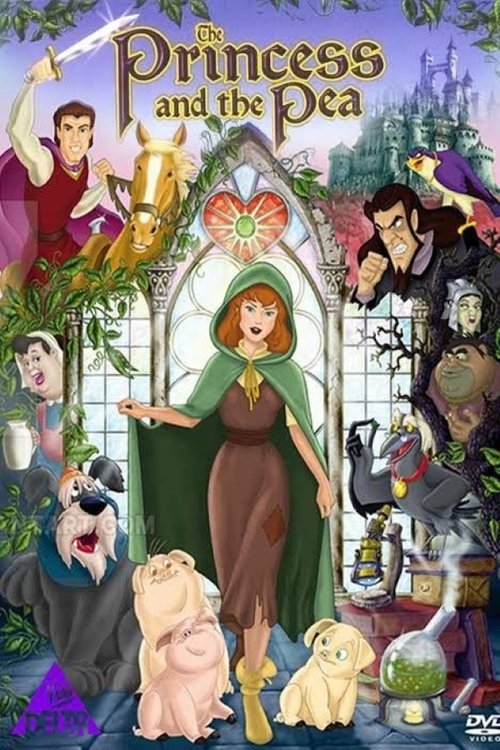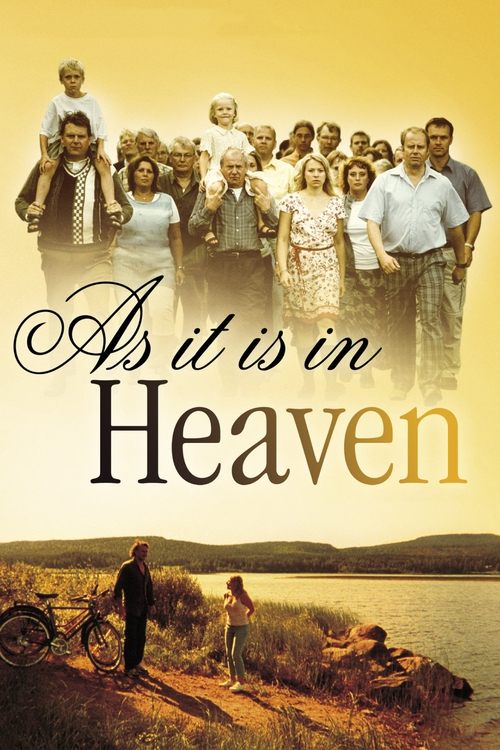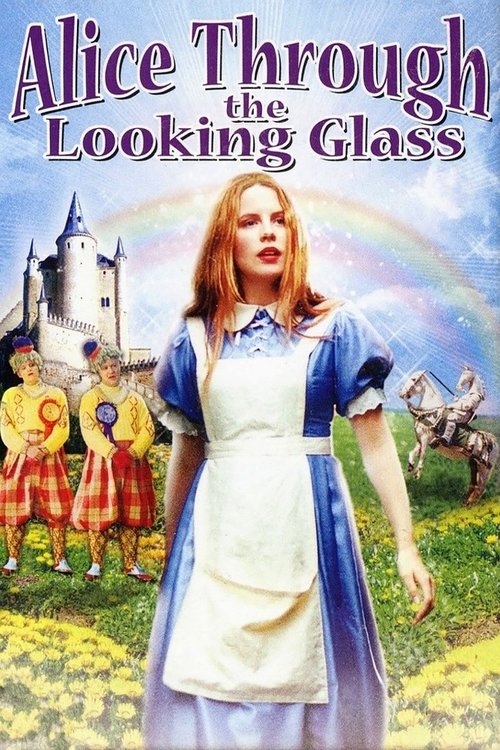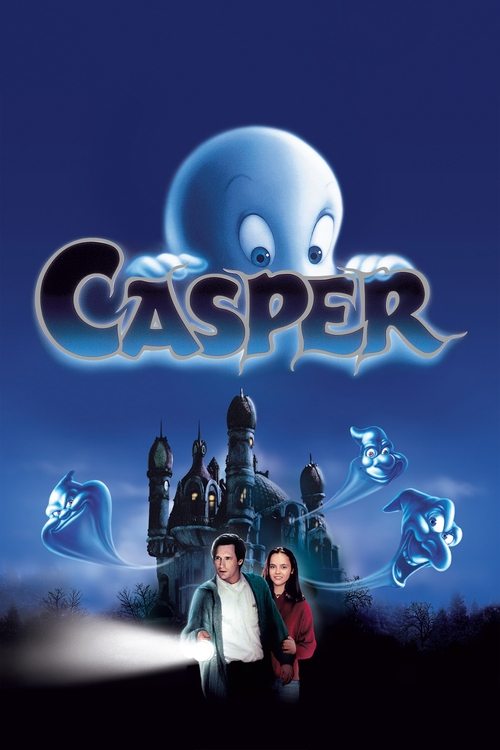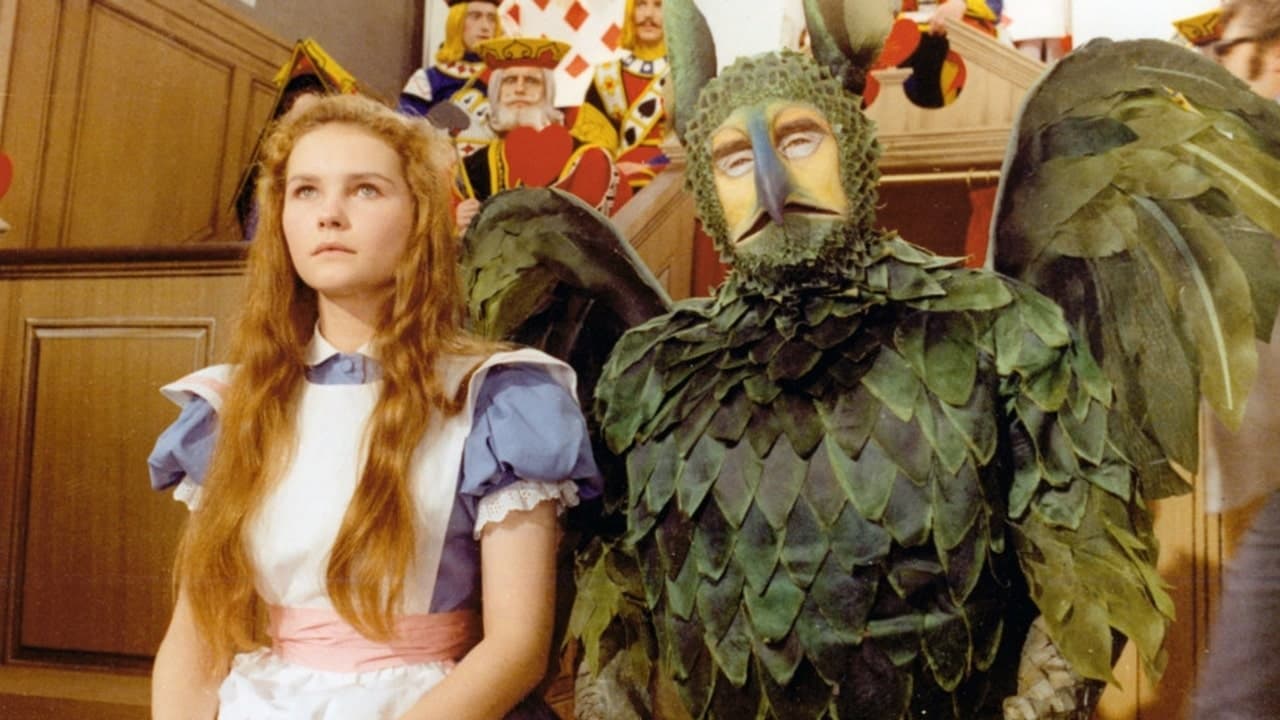
1972
Alice's Adventures in Wonderland
Family, Fantasy, Music
7.0
User Score
41 Votes
Status
Released
Language
en
Budget
$2.500.000
Production
Josef Shaftel Productions
Overview
An all-star cast highlights this vibrant musical adaptation of Lewis Carroll's immortal tale. One day, plucky young Alice follows a white rabbit down a hole and discovers a world of bizarre characters.
Review
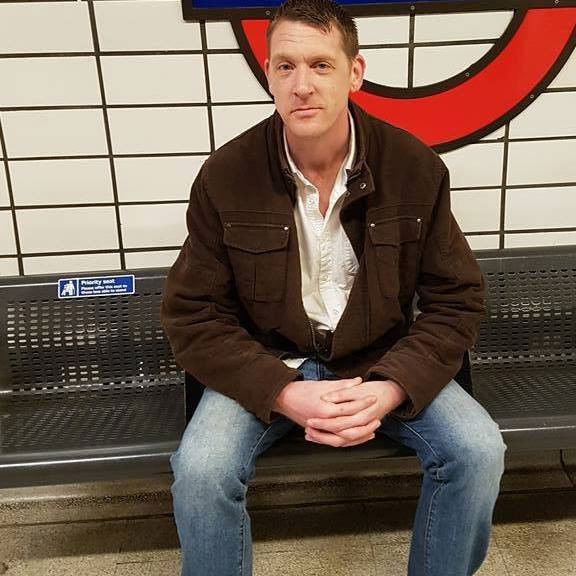
ianphillipsuk@yahoo.co.uk
8.0
The famous and critically-lauded Victorian classic _Alice's Adventures In Wonderland_, was very first published in 1865. Written by author Lewis Carroll (real name - Charles Dodgson), this fantasy-adventure story has been adapted to both the stage and screen countless times. There's the familiar Walt Disney animated classic of_ Alice In Wonderland_ which was miserably underrated at the time, while there are a listless number of ambitious live-action screen adaptations that have largely failed to truly capture the spirit and flavour of Lewis Carroll's vivid vision of Wonderland.
The Film
This 1972 adaptation is something of an exception and stands out as the best live-action version of the book. Some may beg to differ, however, as critical response was somewhat mixed but has since steadily grown in reputation. Director William Sterling, shrewdly manages to encapsulate the often dark and frightening vision of Wonderland. Not to say that this is some sort of kid's horror film - far from it - but there is just something I can't quite put my finger on that slightly gives me the creeps, more than likely due to its intentional surreal, off-the-wall absurdity.
A fifteen-year-old Fiona Fullerton heads the cast making, for me, the perfect Alice, to which I always compare to. This was my first taster of Alice In Wonderland so I always immediately think of this film whenever the story is discussed, probably as it mirrors the book so admirably. What Fullerton succeeds in doing is taking with you with her on a magical journey, allowing you to view the strange adventures through her eyes and evoking a vague feeling of being drawn into a child's dream that escalates into a nightmare (I am, of course, writing from the perspective of how I felt as a child when watching this).
Fiona Fullerton is not least given noble support from a stellar cast featuring some of Britain's finest thespians of the era. The multi-talented Michael Crawford assumes the role of the jittery White Rabbit. Crawford plays the Rabbit with a certain flair, relying mostly (and appropriately) on his inimitable comic skills. Although many of the actors are disguised in their costumes and make-up, there's no mistaking Crawford's voice here.
Sir Robert Helpmann (who is far more wellknown for his role as the child catcher in another excellent classic children's movie, _Chitty, Chitty, Bang, Bang_ ) shines as the notorious Mad Hatter during the manic Mad Hatter's tea party sequence and actually strongly resembles John Tenniel's famous illustrations in the original Alice books. Helpmann's comic facial expressions and spirited playing makes the sequence work extremely well. Helpmann shares the spotlight in this madcap scene with Peter Sellers who gives a fine supporting turn as the March Hare, while Dudley Moore causes some amusement as the poor, put-upon Dormouse.
Sir Ralph Richardson is of good value as the Caterpillar in a very vivid scene, while Davy Kaye as the Mouse during the dreamy Caucus Race Sequence plays the role with a degree of subtlety, all adding to its hazy, dream-like feel. Much more effective, though, is Dame Flora Robson, putting in a fantastic interpretation of the ferocious Queen Of Hearts who acquits herself well, managing to be both comical and scary in the role. Michael Jayston appears in the opening scene as Charles Dodgson and Duckworth (Hywel Bennett) sit on a river bank one hot summers afternoon. It is here where Dodgson begins telling the story of Alice's adventures underground.
The nightmarish Duchess and Cook sequence is ignited by a fittingly off-beat performance from Peter Bull as the Duchess. Patsy Rolands as the demented, pepper-loving, plate-throwing Cook takes this role, it must be said, to fabulous new heights! The sullen, ever-crying Gryphon is played marvellously by Spike Milligan while Michael Hordern is equally excellent as the Mock Turtle. This fun sequence where Alice, the Gryphon and the Mock Turtle are seen running and dancing their way round a deserted beach, is sped up at points to add to its comical and magical effect. The scene is also accompanied by one of the very few effective songs of the saccharine soundtrack, Will You, Won't You Join The Dance?
Roy Kinnear is the permanently grinning Cheshire Cat, while other familiar players in the cast include Dennis Price as the King Of Hearts, Rodney Bewes as the bumbling Knave Of Hearts, Julian Chagrin as Bill The Lizard (seen during the scene where Alice has grown large and is stuck in the White Rabbit's house - Bill the Lizard attempts to slide down the chimney into the house but Alice then swiftly kicks him back up again), Freddie Earle as Guinea Pig Pat (also seen during the White Rabbit's house scene), Ray Brooks as 1 of Spades, a young Dennis Waterman (before his days in 'The Sweeney') as 2 of spades and of course not forgetting twin brothers Frank and Freddie Cox who, for me, make the definitive Tweedledee and Tweedledum (characters that were taken from a segment in Lewis Carroll's sequel, _Through The Looking Glass And What Alice Found There_ - most stage and screen versions often tend to draw segments from both Alice books).
_Alice's Adventures In Wonderland_ (1972) draws mainly on a dreamy, hazy-like effect that gives the film at times a dark, eerie edge.Yet it still strikes an even balance between moments of fun, colourful, magical comedy to the more frightening settings.
Most of the film is engaging and totally enchanting. The surreal sequence at the beginning, for instance, is one of the scenes that really stands out in my mind as it is done so effectively. Alice wakes up in a giant story book garden and spots the White Rabbit gazing at his waist watch. Alice proceeds to follow the White Rabbit into a long, dark tunnel. Keeping up with the whole familiar ethos of Alice In Wonderland's famous catchphrase, "Curiouser and curiouser", Alice continues following the White Rabbit, unaware of the danger lying in front of her, and then finds herself tumbling down a large rabbit hole which leads to the whimsical, topsy-turvy world of Wonderland. The score during this sequence is masterful and hauntingly atmospheric.
The Pool Of Tears sequence also works incredibly well where Alice finds herself in a large hall full of doors. A small door, to her delight, leads into a beautiful garden. It is here where she discovers potions and cakes that alternately make her shrink or grow large. At one point, Alice grows large and begins crying which subsequently leads to her shrinking and swimming in her own pool of tears.
Alice is washed ashore from the pool of tears and finds herself indulging in the Caucus Race with a mouse, dodo, owl, magpie, frog, duck and an eagle in a vastly trippy sequence which is where I used to find it most creepy as a kid! I've heard (as I'm sure you all have) various myths that Lewis Carroll was high on LSD at the time of writing the book. I have no idea whether this is true or not but you certainly can see peoples perceptions on this when you watch all the bizarre goings on in Alice's Adventures In Wonderland. I put it all down to a bizarre but great imagination on Lewis Carroll's part and this film merely reflects that.
_Alice's Adventures In Wonderland_ (1972) is even more disturbingly surreal later on in the film such as the scene in the forest where a torrential storm occurs and a giant black emerges from the gloomy sky ready to attack Alice. I also used to find the Duchess and Cook sequence pretty unsettling - especially when the Duchess begins shaking a clearly distraught real-life baby! Nightmarish to say the least but again this ties in with the book. The Trial of the Knave Of Hearts is where it gets most off the wall and at the close of this scenes there are lots of swirling, hallucegenic close-ups of the characters.
What complements the mesmerising, hypnotic vibe of _Alice's Adventures In Wonderland_ is the bewitching, hauntingly atmospheric score by BAFTA Award-winning, John Barry. The film also boasts magnificent cinematography from Geoffrey Unsworth which do reflect the original illustrations of the book. Even though some of the cardboard-like sets look far more suited for a stage production, many are sumptuous and very eye catching.
Overall, _Alice's Adventures In Wonderland (_1972) is an extremely faithful adaptation that's most noble in its loyalty to the book. In that fact it deserved far greater recognition than it initially received. Widely regarded as the best live-action screen version by lovers of the book, it was still unfairly slated by critics of the day where some claimed it was too long, tedious and boring. To a point I can see where they're coming from and you really have to be in the right mood to take this film on and I can't see it holding the attention of many kids these days.
In an attempt to ignite the films fortunes, Fiona Fullerton was being promoted as the new Julie Andrews but this did little to help the films fate. Making matters worse was Peter Sellers criticising the film to the media before it had even opened at cinemas! Sadly _Alice's Adventures In Wonderland_ did not endure the high Box Office turn over as anticipated. While it's true that A_lice's Adventures In Wonderland_ is too slow and a little bland at points, on casting its shortcomings (which you can over-look) aside, it's most definitely worth a look. Fans of _Alice In Wonderland _that have not yet had the delight of watching this charming, atmospheric version, will undoubtedly be enthralled.
Ian Phillips
Read More 